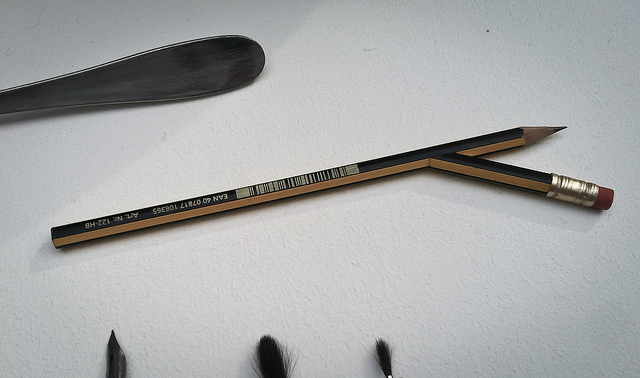The social sciences have long been interested in the processes and products of art, media, and design, exploring how material objects and media infrastructure are shaped by and give rise to cultural norms, historical values, and social systems. Design shapes our daily lives through the technologies, infrastructures, and artifacts around us. The processes and implications of design should thus be of central interest to social scientists, particularly as a subset of people working within design draw upon (and add to) traditions of inquiry similar to those in the social sciences.
This core argument is at the heart of a new Matrix Prospecting Team composed of interdisciplinary scholars from such fields as sociology, information science, communications, design, human-computer interaction, gender studies, and computer science, who are setting out to examine emerging trends in design research and practice, and trace connections between this work and social science traditions.
Co-led by Richmond Wong and Anne Jonas, PhD students in the UC Berkeley School of Information, the team is coordinating a series of readings, discussions, guest speakers, and design and writing activities, with a goal to articulate a new Berkeley-based viewpoint on integrating broad bodies of theory from design and social science into a generative conversation. Their work is focused on "critical design," which they explain "seeks to understand the values, attitudes, and ways of looking at the world that are built into technologies; to present alternative reconfigurations of these factors; and to use the process of design as a way to gain knowledge about the world."
Among the questions they are considering are: What are these critical approaches doing similarly and differently, in terms of their analyses, theories, and views on appropriate modes of action and creation? How are concepts appropriated, subsumed, highlighted, and interpreted between fields – and what gets left out? Where do these ideas (implicitly or explicitly) talk to each other, where do they replicate, where do they diverge? What gets lost when design, art, and the social sciences neglect to engage with one another, or remain ignorant of their parallel trajectories? Can these diverse disciplinary perspectives on criticality be combined in order to address sites of productive intervention in service of social justice and the public good?
"Over the past two decades, theoretical analysis and practices under the broad rubric of “critical” and “speculative” design have proliferated, aiming to question utilitarian norms and take on social questions about technology, media, communities, and institutions," the researchers explained in their proposal. "We seek to explore how critical and social theory, cultural studies, and art practice have informed these new approaches and to what extent they have diverged, and how this matters when designers take on new social projects and to the ways social scientists understand and undertake critique."
Image Credit: "Critical Design Pencil," Jon Olav Eikenes; Creative Commons via Flickr
